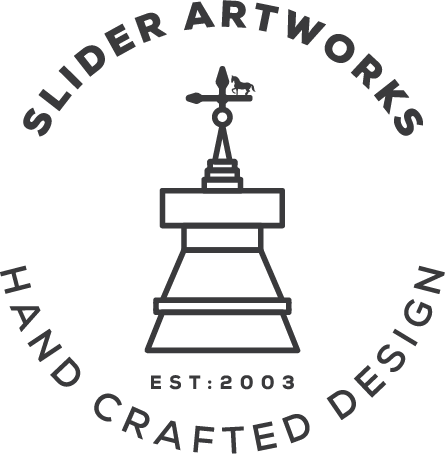Slider Artworks Shares the Living in Place Vision
The topic of aging in place is quite dynamic and can present many challenges when discussing between a designer and a client. According to Erik Listou, co-founder of the Living In Place Institute the best way to tackle this issue is to just implement the new designs across all homes thus making better, safer homes. The idea being that the new designs don’t even need to be discussed as they should be industry standards for making all homes more, “Accessible, comfortable, and safer.” “They don’t ask you whether or not you want safety features in your car, they just put them in. It’s not important to spend time trying to educate consumers. Let’s just do it. Let’s just make better, safer homes” said Erik Listou. There are many designs and techniques that can be used or implemented that immediately lend themselves toward Living In Place, and it is the goal of the Living in Place Institute to facilitate these designs into every home so that this becomes an industry standard. “Designs like increasing the width of door frames or choosing the height of kitchen cabinets are decisions architects and designers don’t necessarily need input on but can make a home much more livable long term.” “It’s not just seniors who benefit from safer living environments, adds Louie Delaware, co-founder of the Living In Place Institute, who specializes in childproofing. He points out that 15 percent of childhood deaths are caused by falling down at home.” The bathroom and kitchen are the two areas in a home that are noted for having the most in home accidents. The Living In Place Institute recommends sliding doors as a great option for bathrooms, to increase accessibility, comfort and safety.
Many of Living In Place Institutes improvements are very basic however lend themselves toward creating a much safer and comfortable home environments. Simple suggestions such as contrasting colors between countertops and cabinets, or placing outlets 24” above the floor can be the difference between an easily accessible, comfortable, safe home, and one that is not. Another great example of an industry standard increasingly being implemented in all construction designs is the use of doorway widths of a minimum of 36 inches. This allows for every doorway to be accessible by someone carrying a child or sacks of groceries, or even a person using a wheelchair, while improving the visual aspects of the home. Living In Place is about making small, creative, productive changes to home designs that ultimately lend themselves towards a more, “Accessible,

